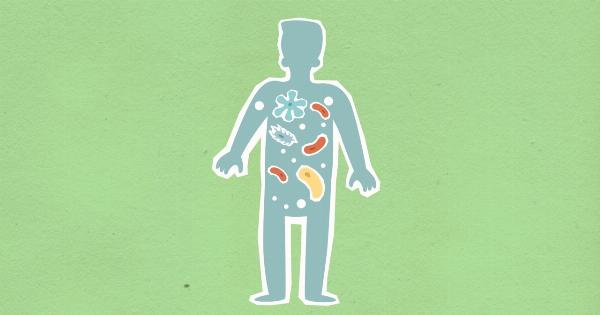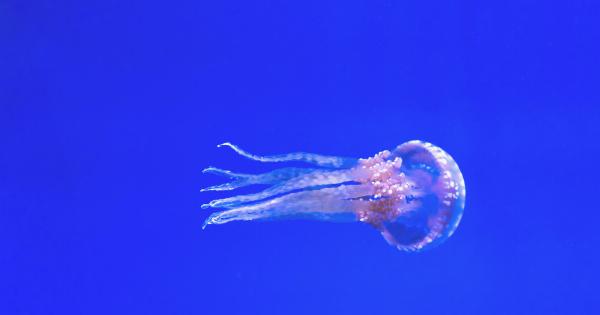Hematopoietic cell donation refers to the process of collecting hematopoietic stem cells from a donor and transplanting them into a recipient.
These cells have the ability to develop into different types of blood cells, including red blood cells, white blood cells, and platelets. Hematopoietic cell transplantation plays a crucial role in the treatment of various blood disorders and cancers, such as leukemia, lymphoma, and aplastic anemia. This article explores the different procedures involved in hematopoietic cell donation.
The Importance of Hematopoietic Cell Donation
Hematopoietic stem cell transplantation is a life-saving procedure for many individuals who suffer from diseases that affect the production and function of blood cells.
The procedure enables patients to receive healthy stem cells that can regenerate their blood cells and restore their immune system. A successful hematopoietic cell donation can significantly improve a patient’s quality of life and increase their chances of long-term survival.
Types of Hematopoietic Cell Donation
There are two main types of hematopoietic cell donation procedures: mobilized peripheral blood stem cell (PBSC) donation and bone marrow donation.
Mobilized Peripheral Blood Stem Cell (PBSC) Donation
This is the most common type of hematopoietic cell donation. In PBSC donation, the donor is given a drug called a hematopoietic growth factor, which stimulates the stem cells to move from the bone marrow into the bloodstream.
The donor’s blood is then collected through a procedure known as apheresis. During apheresis, blood is drawn from one arm and passed through a machine that separates the stem cells from the other blood components. The remaining blood components are then returned to the donor through the other arm.
Bone Marrow Donation
In bone marrow donation, the stem cells are collected directly from the donor’s bone marrow. This procedure is performed under general anesthesia, and a needle is inserted into the donor’s hip bone to withdraw the marrow.
The donor may experience some pain or discomfort at the site for a few days following the procedure.
Donor Selection Process
Before proceeding with hematopoietic cell donation, a thorough evaluation of potential donors is conducted. This evaluation includes a medical history, physical examination, and various tests to ensure the donor’s suitability for the procedure.
The donor’s blood and tissue type are also assessed to find the best match for the recipient.
Preparing for Hematopoietic Cell Donation
Prior to the donation procedure, the donor may need to undergo a series of tests and medical exams to assess their overall health. These tests may include blood tests, imaging studies, and consultations with specialists.
The donor will also receive comprehensive information about the donation process, including potential risks and side effects.
Hematopoietic Cell Donation Procedure
The actual hematopoietic cell donation procedure varies depending on whether PBSC or bone marrow donation is being performed.
Mobilized Peripheral Blood Stem Cell (PBSC) Donation Procedure
Once the donor has received the hematopoietic growth factor and the stem cells have been mobilized into the bloodstream, the donor undergoes apheresis.
During apheresis, the donor is connected to a machine that extracts the desired stem cells from the blood. The procedure typically takes a few hours, and the donor may experience temporary side effects such as lightheadedness or numbness during the process.
Bone Marrow Donation Procedure
Prior to the bone marrow donation, the donor will be given general anesthesia to ensure they do not experience any pain during the procedure. Once asleep, the doctor uses a special needle to withdraw marrow from the back of the donor’s hip bone.
The amount of marrow collected depends on the weight and condition of the recipient. After the procedure, the donor may experience some pain or discomfort at the donation site, which can be managed with pain medications.
Recovery and Aftercare
Following hematopoietic cell donation, the donor will be closely monitored to ensure their well-being. Recovery time may vary depending on the type of donation performed.
Donors may experience fatigue and general weakness for a few days or weeks after the procedure. It is important for donors to follow any post-donation instructions provided by the medical team and to keep them updated on their progress and any potential side effects.
Risks and Side Effects of Hematopoietic Cell Donation
While hematopoietic cell donation is generally considered safe, there are some risks and side effects associated with the procedure.
These can include infection, bleeding, reaction to anesthesia, pain or discomfort at the donation site, and possible long-term effects on the donor’s health. It is crucial for potential donors to carefully discuss these risks and side effects with their healthcare team before making a decision to proceed with the donation.
Conclusion
Hematopoietic cell donation is a complex procedure that offers hope and a chance of survival for individuals with various blood disorders and cancers.
The two main types of donation, mobilized PBSC and bone marrow, allow for the collection of hematopoietic stem cells from suitable donors. While the procedure carries certain risks and side effects, it provides an opportunity to save lives and improve the quality of life for countless patients worldwide.

























